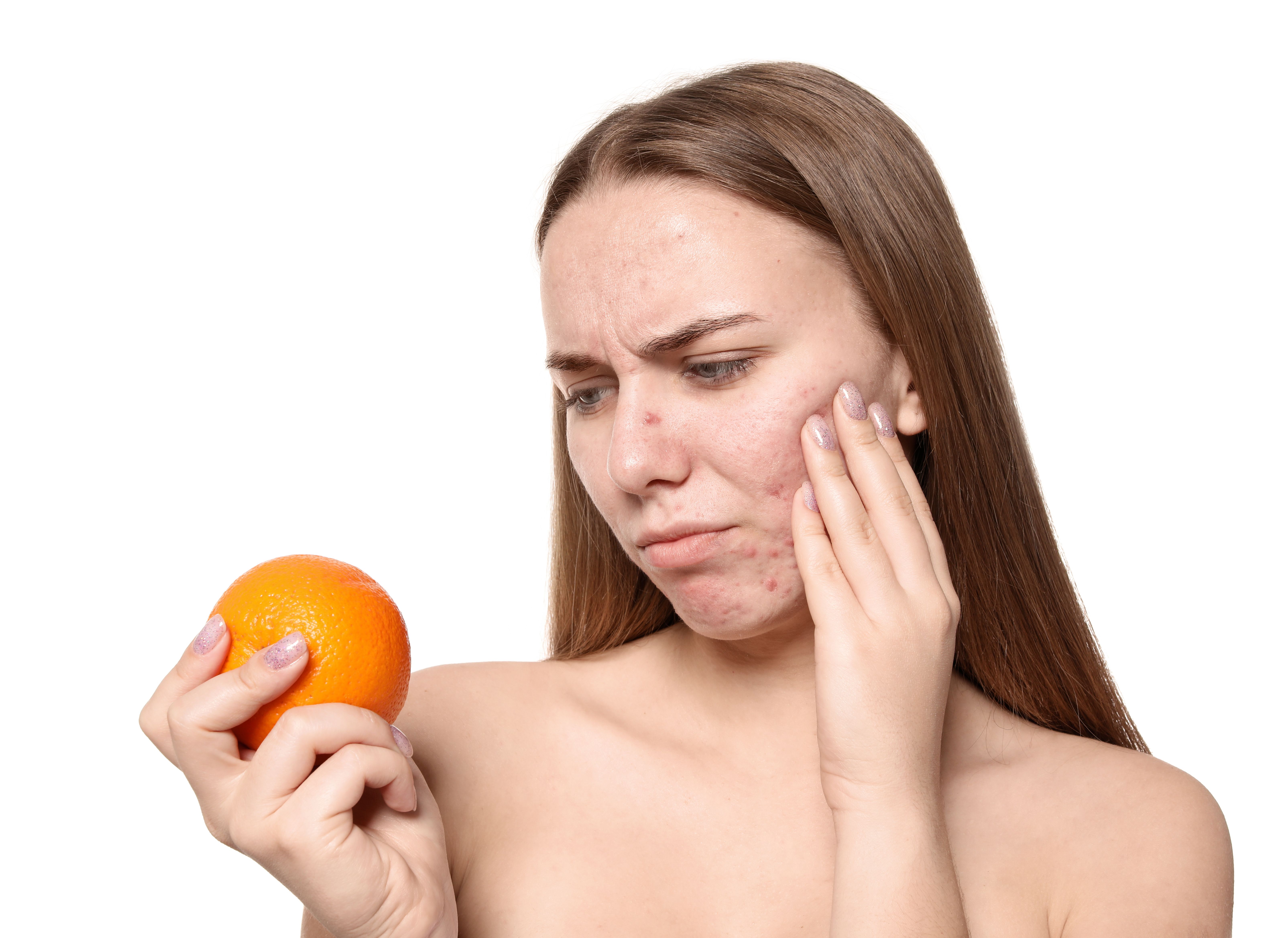- Acne
- Actinic Keratosis
- Aesthetics
- Alopecia
- Atopic Dermatitis
- Buy-and-Bill
- COVID-19
- Case-Based Roundtable
- Chronic Hand Eczema
- Drug Watch
- Eczema
- General Dermatology
- Hidradenitis Suppurativa
- Melasma
- NP and PA
- Pediatric Dermatology
- Pigmentary Disorders
- Practice Management
- Precision Medicine and Biologics
- Prurigo Nodularis
- Psoriasis
- Psoriatic Arthritis
- Rare Disease
- Rosacea
- Skin Cancer
- Vitiligo
- Wound Care
Article
Silybum Marianum Fruit Extract Safe, Effective in Acne-Prone Skin
Author(s):
Researchers say adolescents and young adults using the dermocosmetic product experienced improvements in their acne and quality of life.
Adolescent patients with acne-prone skin experienced improvements to their skin’s appearance and overall quality of life after using a dermocosmetic product containing silybum marianum fruit extract (SMFE), according to a recent study.1
New Africa/AdobeStock

The study, published in the Journal of Cosmetic Dermatology, sought to evaluate factors such as safety, tolerability, and efficacy of Avene’s Cleanance Comedomed, a product containing SMFE, in adolescents and young adults with acne-prone skin.
“Dermocosmetic products are often used to maintain or enhance the tolerance and effectiveness of medical anti-acne therapies,” study authors wrote. “Recent discoveries about the pathophysiology of acne-prone skin indicate that skincare products may help maintain homeostasis around the sebaceous gland progenitor cells, thereby preventing microcomedone formation.”
The observational study, conducted internationally across several study centers, involved 4230 patients ranging from 12 to 25 years of age. All participants were required to meet the established age criteria and have mild-to-moderate acne. This was determined by the global evaluation of acne (GEA) scale.
Prospective participants were excluded from participation in instances of product ingredient sensitivity, were pregnant or breastfeeding, had been diagnosed with a medical condition that may have interfered with signs of acne, or if they had previously participated in another clinical study 1 month prior to the study’s start.
From the overall patient population, participants fell into 1 of 3 subcategories: initial therapy (n=1981), associated therapy (n=2044), and maintenance therapy (n=205).
Initial therapy participants had been prescribed the product as a stand-alone treatment, excluding other acne therapies. Associated therapy participants were prescribed the product in addition to topical or systemic acne treatments, and maintenance therapy participants were prescribed the study product after completing other acne treatments.
Participants were involved in 2 visits: 1 at the beginning of the study and 1 follow-up visit after 8 to 12 weeks. At the inclusion visit, researchers collected demographic data, clinical data, and skin care or product routine data. Additionally, participants individually completed questionnaires to evaluate overall quality of life.
Results were analyzed using global tolerance and global effectiveness evaluations. Dermatologists participating in the study based these evaluations on baseline and follow-up GEA scoring. They also analyzed changes in participants’ quality of life and evaluated the product’s cosmetic properties.
At the final follow-up visit, researchers assessed clinical results, adverse effects, or reactions, and participants again completed a questionnaire.
By the conclusion of the study, dermatologists had determined that 95% of participants had a good to very good global tolerance of the study product. Dermatologists also reported that the study product was effective or very effective in 80% of participants.
Participants also had an absolute relative GEA score reduction of 0.8 by the study’s conclusion. The average decrease in participants’ Cardiff acne disability index score (assessing quality of life) was significant from the study’s start to finish.
In total, researchers reported 165 adverse effects, though it is not reported how many of these were mild, moderate, or severe in nature, nor was it indicated within the study what these adverse effects included.
With these assessments in mind, study authors said the product was effective in 3571 out of 4230 participants.
Researchers said potential study limitations included the absence of a placebo and a lack of compliance monitoring.
“This product containing SMFE is the first topical product identified as being able to modulate the comedone-switch mechanism,” study authors wrote. "This real-life, international, multicenter study indicated that a skincare product containing SMFE was very well tolerated and might be highly effective for the management of acne-prone skin in adolescent and young adult patients. This dermocosmetic product could therefore be used initially or after an anti-acne therapy to help maintain healthier skin and acne remission in patients with acne-prone skin, who may then be able to limit their use of drug therapies.”
Reference
- Bageorgou F, Li L, Beausillon C, Stennevin A, Oritz-Brugues A, Saurat JH. Tolerability and effectiveness of a dermocosmetic product containing Silybum marianum fruit extract in adolescents and young adults with acne-prone skin: an international, phase IV, longitudinal study. J of Cos Dermatol. March 2023. doi:https://doi.org/10.1111/jocd.15705
Newsletter
Like what you’re reading? Subscribe to Dermatology Times for weekly updates on therapies, innovations, and real-world practice tips.











